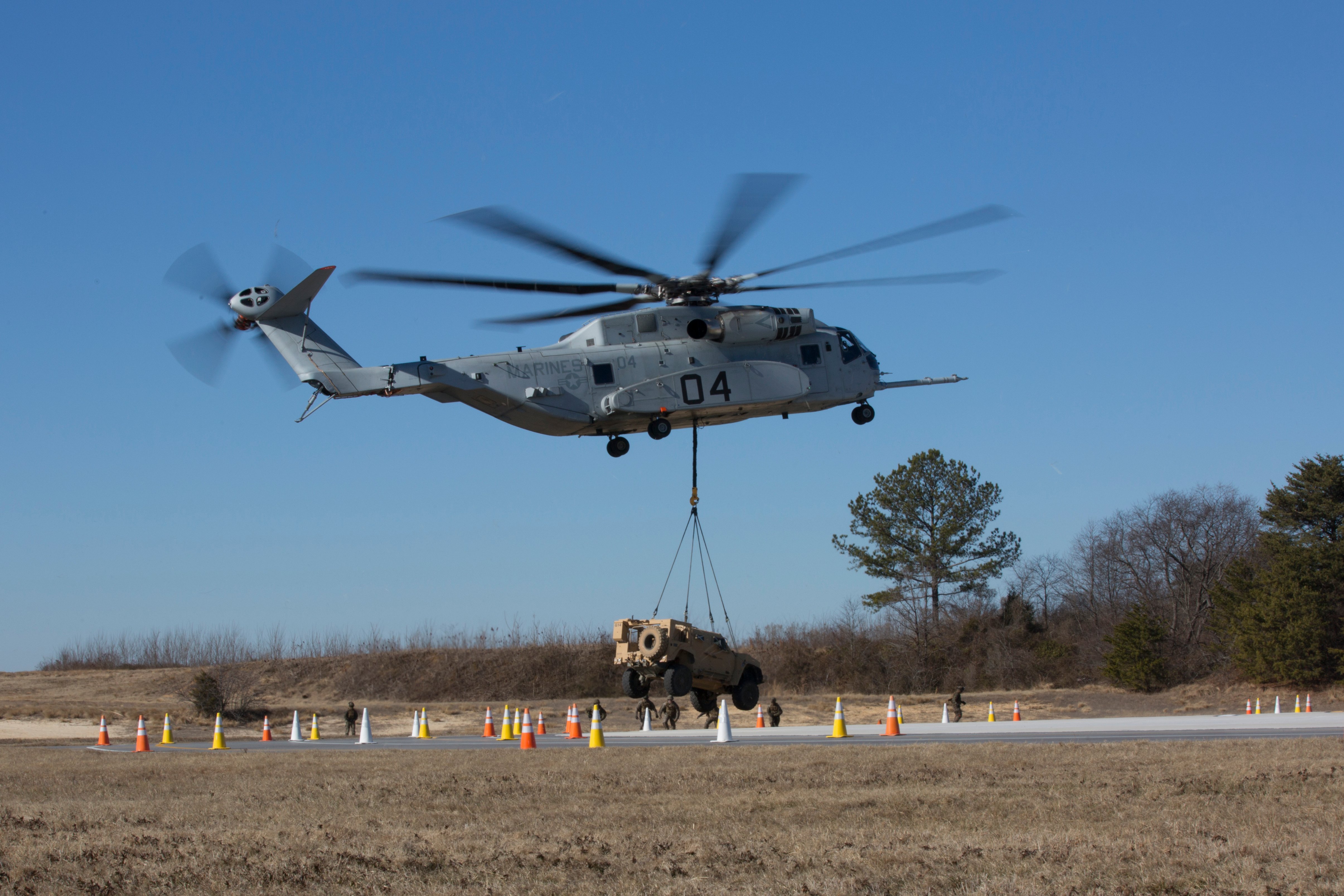
Marine Corps, Lockheed Martin to Sign CH-53K Helo Production Contract in ‘Weeks’
CAPITOL HILL – The Department of the Navy expects to sign a contract with Lockheed Martin for the CH-53K heavy…
Copyright 2024 U.S. Naval Institute. All Rights Reserved.